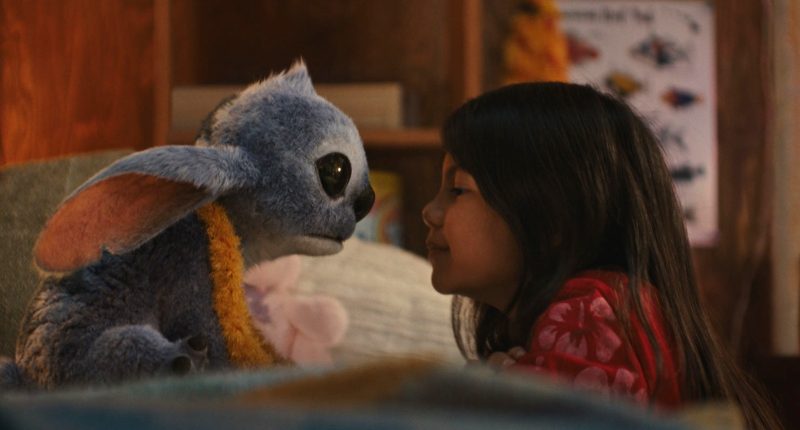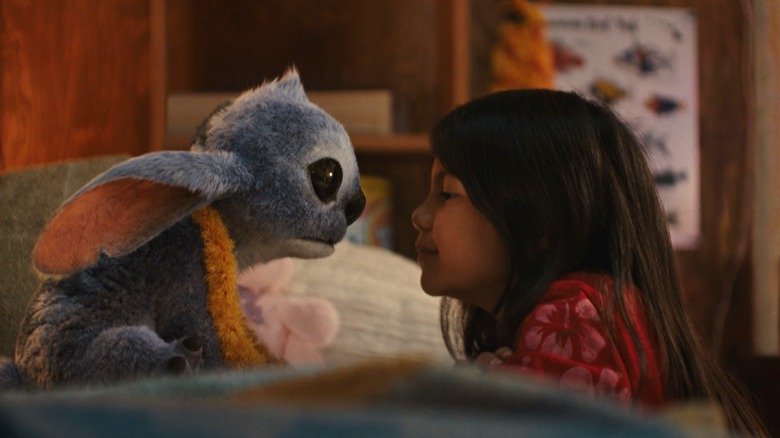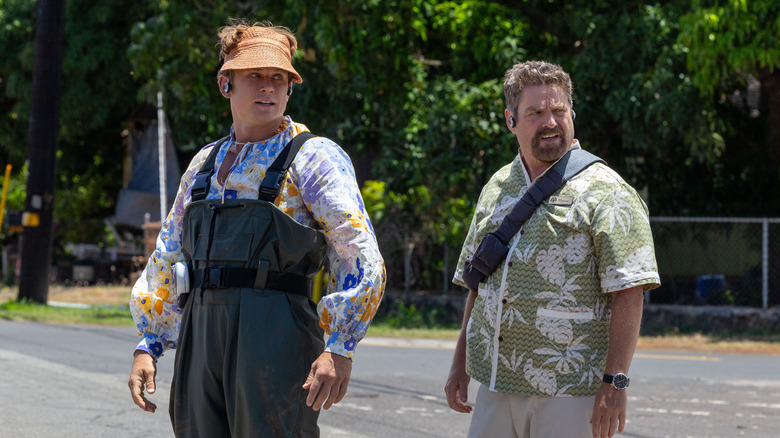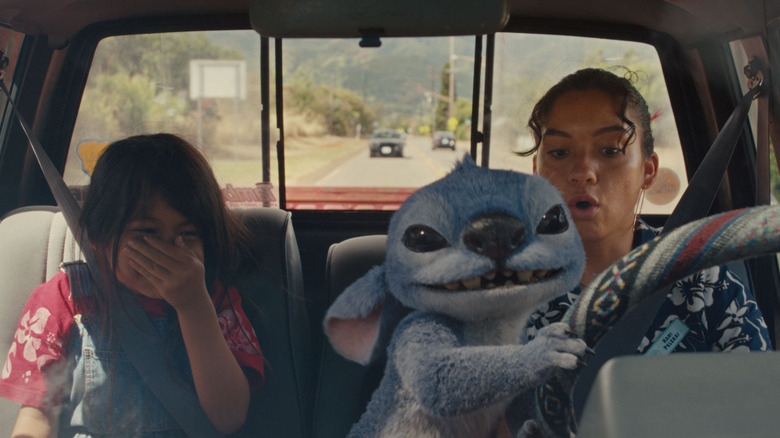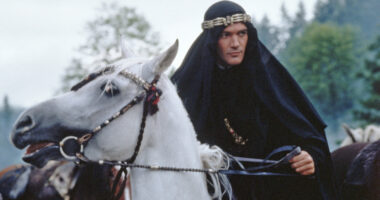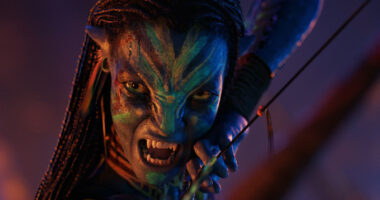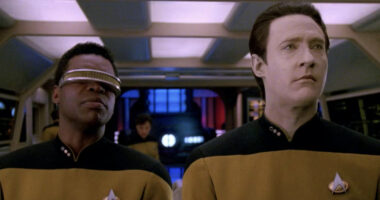Share this @internewscast.com
RATING : 7 / 10
- The message about family is still potent
- This version improves Nani’s story
- Very similar to the original
It seems like every month there’s a new Disney live-action remake, and the latest one is “Lilo & Stitch.” Originally released in animated form in 2002, the movie has now been reimagined in live-action 23 years later. This remake appears to cater to Generation Z and younger viewers. Those among us who cherished watching the original may find the live-action adaptation lacks enough novelty to make it essential viewing. However, there are some notable changes — a few were delightful, while others were less appealing. Although these alterations don’t transform the core narrative, they might influence your decision to watch it.
To recap for those unfamiliar: the story centers on a family and the alien that becomes part of it. Experiment 626 (voiced by Chris Sanders, who also lent his voice to Stitch, and co-wrote and co-directed the original) was created by the eccentric scientist Jumba (played by Zach Galifianakis) as an indestructible weapon. Consequently, both 626 and Jumba appear before the Grand Councilwoman (Hannah Waddingham) for judgment. Possessing a keen intelligence, 626 evades capture and flees using a space cruiser to Earth, landing in Hawaii. Despite the Grand Councilwoman’s inclination to destroy the planet, Pleakley (Billy Magnussen) informs her that Earth is a protected habitat for mosquitoes. Therefore, she dispatches Jumba and Pleakley to retrieve 626.
Experiment 626 ends up in an animal shelter due to his dog-like appearance. That’s where Lilo (Maia Kealoha), a 6-year-old whose parents have passed away and whose sister Nani (Sydney Elizabeth Agudong) is trying to care for her, discovers him. As Jumba approaches, 626 willingly follows the little girl. This marks the beginning of his bond with Lilo, who names him Stitch. While Stitch initially causes mayhem and chaos, Lilo forms a bond with him, and over time, the rowdy alien learns valuable lessons about family.
What was different, both for better and worse
Though the basic story is the same as the original, something that was only lightly addressed in the animated version was Nani’s hopes and dreams — but in this one, they’re more front and center. Nani wants to go to college, and her neighbor Tūtū (Amy Hill), who happens to be the mother of Nani’s kinda-sorta boyfriend David (Kaipo Dudoit), won’t let her forget it. Similarly, when Nani searches for a job, surfing isn’t there to make her feel better like in the original; it’s there to be a solution to her problem. Lilo presents Nani with a flyer about getting a job in surfing, and she excels. While the sequence has the same music as the one in the animated version, this version is more empowering for Nani.
Also, alien technology has improved vastly since the first “Lilo & Stitch,” and this time, Pleakley and Jumba are able to make themselves look human while they’re on Earth. From a practical standpoint, this obviously makes things much easier for a live-action production, but it also gives Zach Galifianakis and Billy Magnussen some moments of silly comedy that I found amusing.
Less charming was a lack of reference to “The Ugly Duckling,” a children’s book that played an important role in Stitch’s transformation in the original, and the fact that they underplayed the family angle by having Nani question it. While I understand where those differences come from, I feel like both did a disservice to the story and made it a less potent tale than it could have been.
And I could take or leave Cobra Bubbles (Courtney B. Vance) as a CIA agent who goes undercover as a child services worker instead of as a real child services worker like in the animated version. In the original, however, he seemed more amusing, perhaps because he was in a profession that couldn’t be reconciled with his large stature, whereas in the remake, though he has the same funny name, he doesn’t get many laughs.
The cast is great
Still, it’s saying something that so many of the original “Lilo & Stitch” actors came back for the remake. Not only is Chris Sanders back as Stitch, but so is Tia Carrere, playing a new character, Mrs. Kekoa; along with Amy Hill and Jason Scott Lee, who are also in new parts. But most eyes will be on the new actors, especially the little girl who plays Lilo. Fortunately, Maia Kealoha manages to do her part justice. The only thing I didn’t really understand was why she had to scream to express excitement. Don’t get me wrong, I know little girls do this, but I don’t understand why the filmmakers thought that it would be charming. However, that’s hardly Kealoha’s fault.
Sydney Elizebeth Agudong is good as Nani, too, expressing both determination and overwhelm as Lilo’s caregiver. As Jumba and Pleakley, Zach Galifianakis and Billy Magnussen also make a good pair, although individually Galifianakis loses something because he doesn’t have as powerful a voice as David Odgen Stiers (Jumba in the original).
All in all, though, this is a more than respectable remake of “Lilo & Stitch.” It’s just not my “Lilo & Stitch.” Nevertheless, for today’s kids (and their parents), this is a fine production, and no one will regret spending some time with it, even if they’ve already seen the animated version many times.
“Lilo & Stitch” opens in theaters on May 23.
